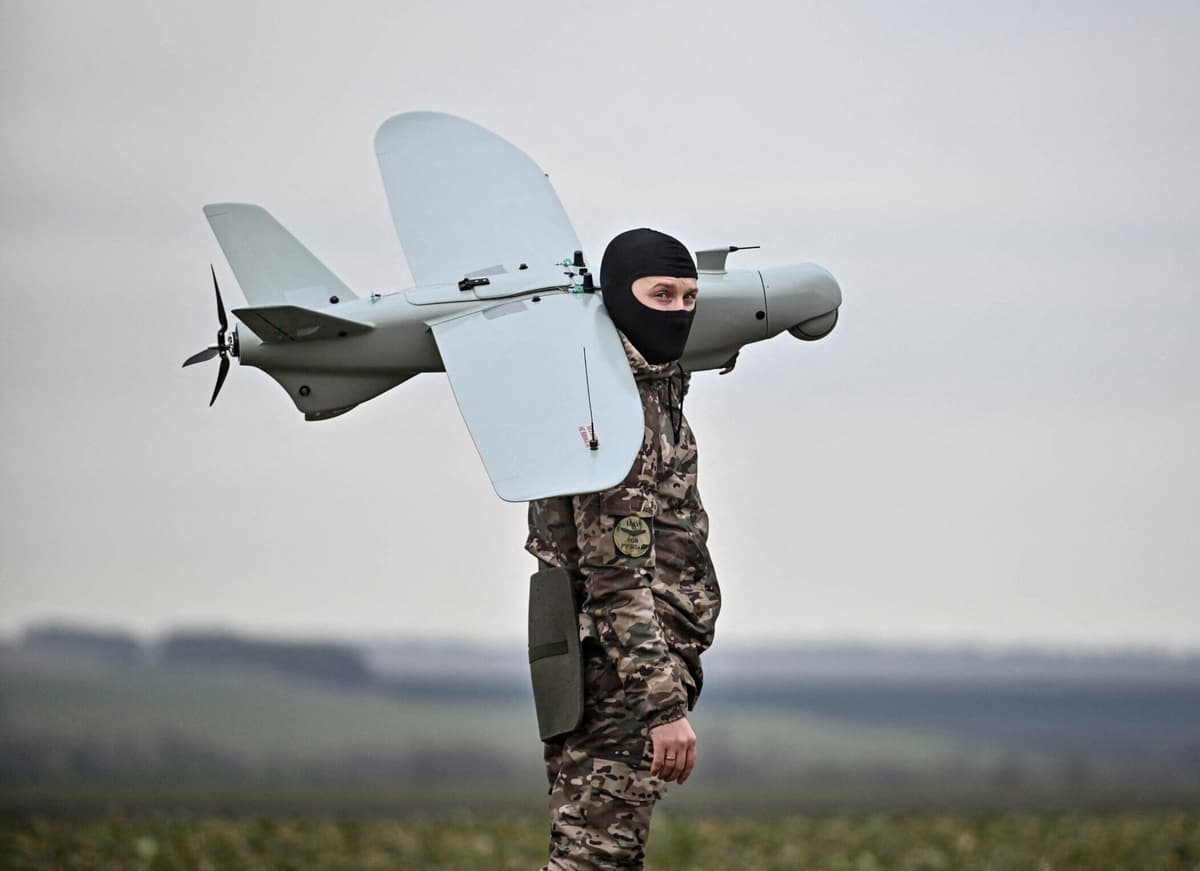
The use of unmanned air vehicles has altered how countries deal with international relations and security issues. Unmanned air vehicles are common for reconnaissance purposes and also for carrying out pinpoint military actions, allowing nations to extend their reach while minimizing risk to personnel. However, the rapid growth in the use of unmanned air vehicles, especially for military and counterterrorism purposes, creates significant complications from legal and ethical perspectives, many of which are unresolved. These controversies revolve around the advantages of employing drones for military purposes and how they interact with existing international norms governing the use of force, civilian protection, and sovereignty. Within governance, international law, such as the UN Charter and International Humanitarian Law (IHL), is the most applicable. The regulations state, as a general rule, use of armed force is prohibited, except for self-defense or when sanctioned by the UN Security Council. The issue is that there are so many drone strikes which happen in that gray area just between what should be acceptable and what is legally permissible.Consider the United States, for example. It has often used drone strikes to target supposed terrorists in places like Pakistan, Yemen, and Somalia,Take the United States, for instance. It has frequently employed drone strikes to assassinate alleged terrorists in countries like Pakistan, Yemen, and Somalia, often without formally declaring war or seeking approval from those governments. These actions are justified on some occasions by a broad interpretation of self-defense against non-state actors. Nevertheless, this practice has come under fire since most feel it can undermine the existing structure of international relations. There is vast difference in the views on the legality of such drone attacks. There Are nations and lawyers who are of the view that they need to respond to international threats. Nevertheless, some are also concerned that they represent a worrisome decline in adherence to global norms, especially within the context of a country's sovereignty and prohibition against attacking another nation without authorization. The impact on civilians is another concern. Their advocates frequently market them as surgical tools with restricted collateral damage. In at least theory, drones can remain over targets for hours, giving operators a chance to get precise data before launching attacks.

But the reality is that these "surgical" strikes do not always go as planned. Human rights organizations and independent researchers have shown that drone strikes cause significant civilian casualties. These may occur due to poor intelligence, mistaken identification, or misinterpretation of people's behavior. International humanitarian law requires combatants to be able to distinguish between combatants and non-combatants and take all possible precautions to prevent the injury of civilians. Where drones fail to uphold these norms, their use can be a violation of the laws of war. Far too frequently, however, no one suffers consequences for committing such a violation, and numerous victims have no means to seek redress. As technologies for drones advance, weare faced with additional legal and ethical conundrums, particularly with the development of drones that fly autonomously, without human intervention. This raises tough questions: Are we trusted to use machines to implement critical legal concepts like proportionality and distinction in war? Who is responsible if an autonomous drone implements an unlawful act? It is not yet clear internationally how to handle these advances in technology. Negotiations within organizations like the United Nations, particularly within the Convention on Certain Conventional Weapons, have been lengthy. There are nations advocating for a binding treaty to ban completely autonomous weapons, yet others will not restrict technological advancement.harmonizing the employment of drones with international law will itself probably require both changes in the law and better oversight mechanisms. Below are several possible steps that could be helpful: 1. Enhance transparency for drone operations by the public disclosure of legal rationales and evaluations after strikes. 2. Establish more specific international standards for force against non-state targets, especially in areas that are not active war zones. 3. Promote independent inquiries and accountability mechanisms to address civilian casualties and impose compliance with international humanitarian law.

4. Create international agreements to either limit or ban the utilization of fully autonomous drones in war. The European Union and other global non-governmental organizations have introduced proposals like an international Drone Accountability Register, independent panels for considering strikes, and novel remote warfare legal systems. These ideas reflect a growing recognition that indiscriminate use of drones threatens to undermine the very legal principles enacted to prevent misuse of war. In short, drones are becoming more and more a feature of modern warfare, and their technologies will likely continue to develop. It's important that technology should not develop faster than legal systems can keep pace. If the world community wants to maintain an even and balanced world order, then it will be compelled to adopt ways of incorporating drones within existing legal systems or revising them wisely. It will not be easy to achieve that balance, but it's imperative that security isn't paid for compromising legality, sovereignty, and human rights.